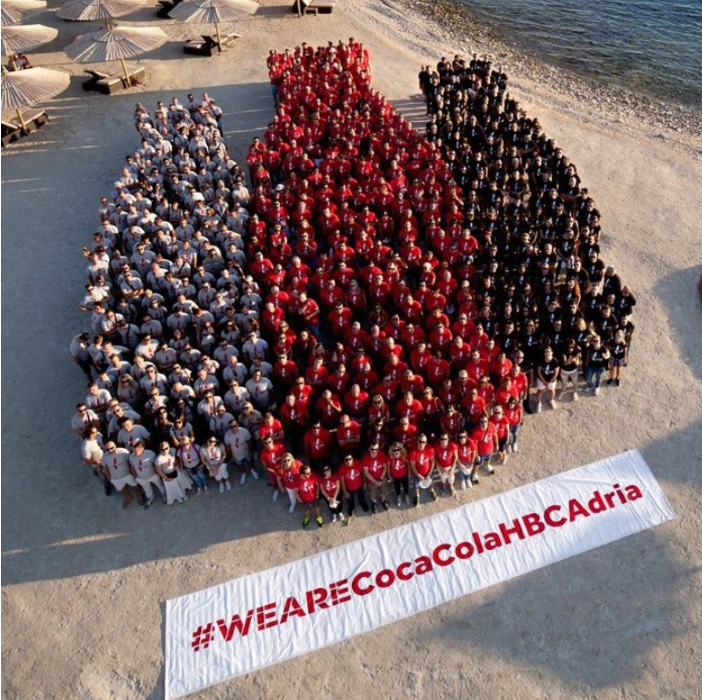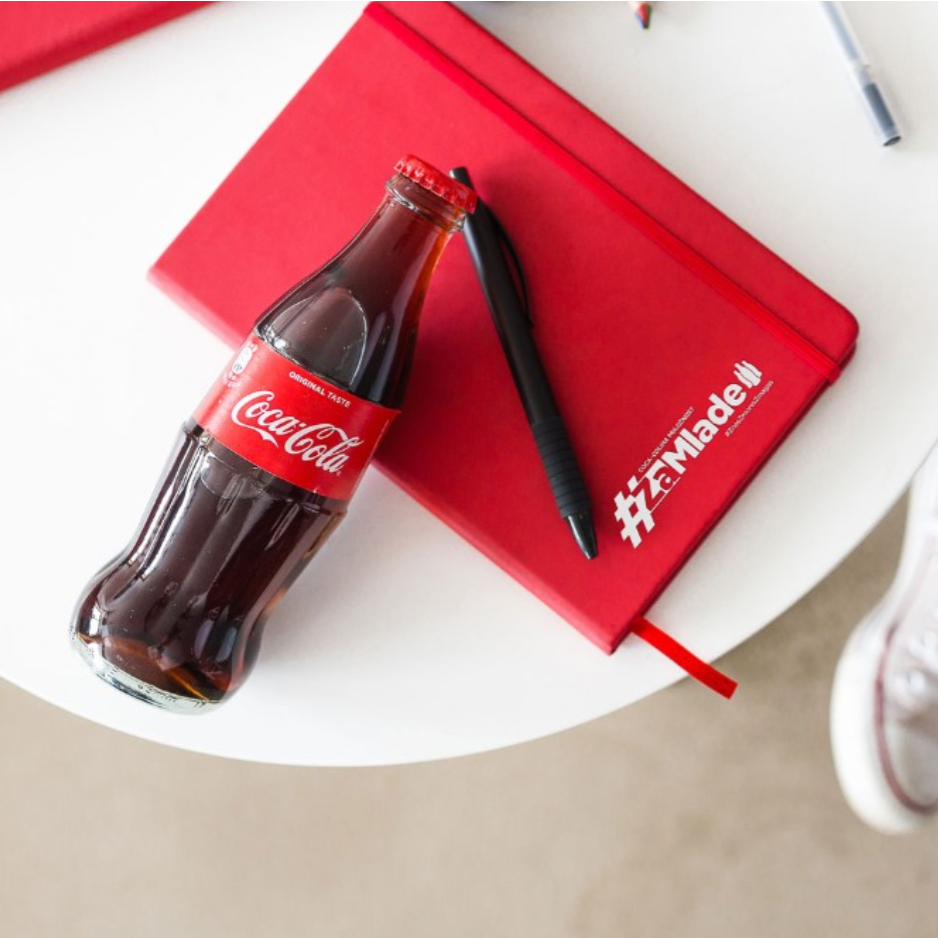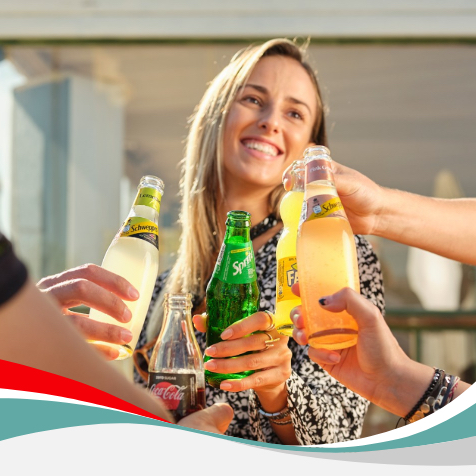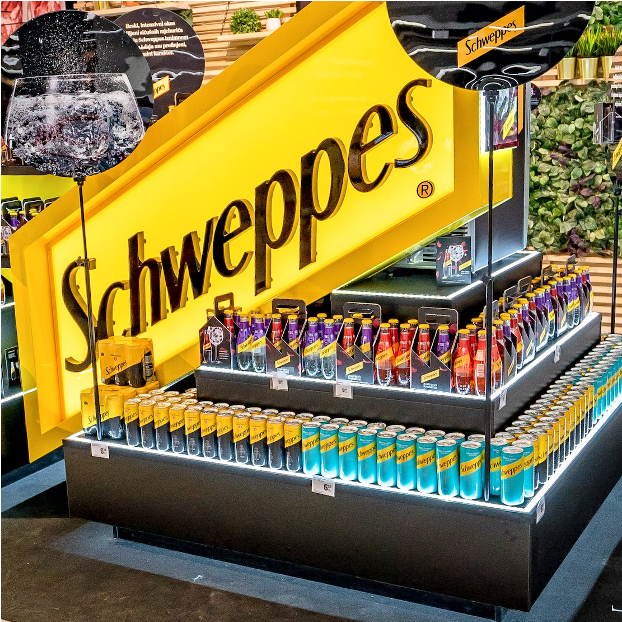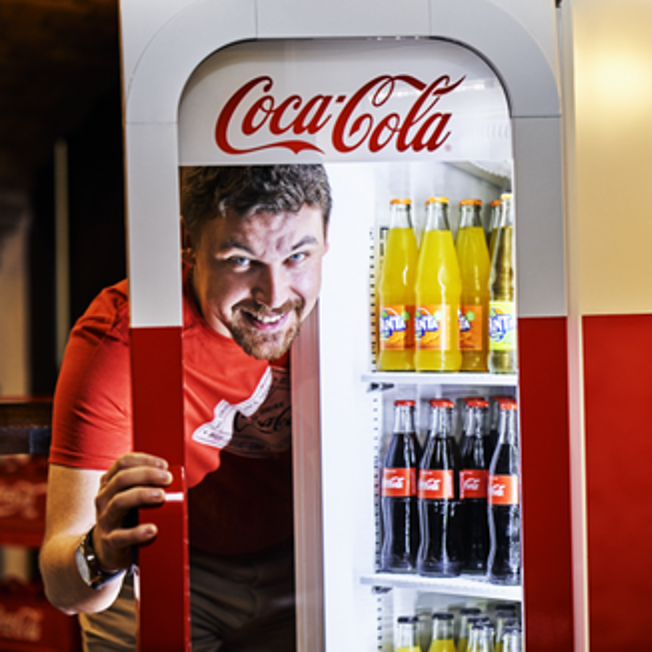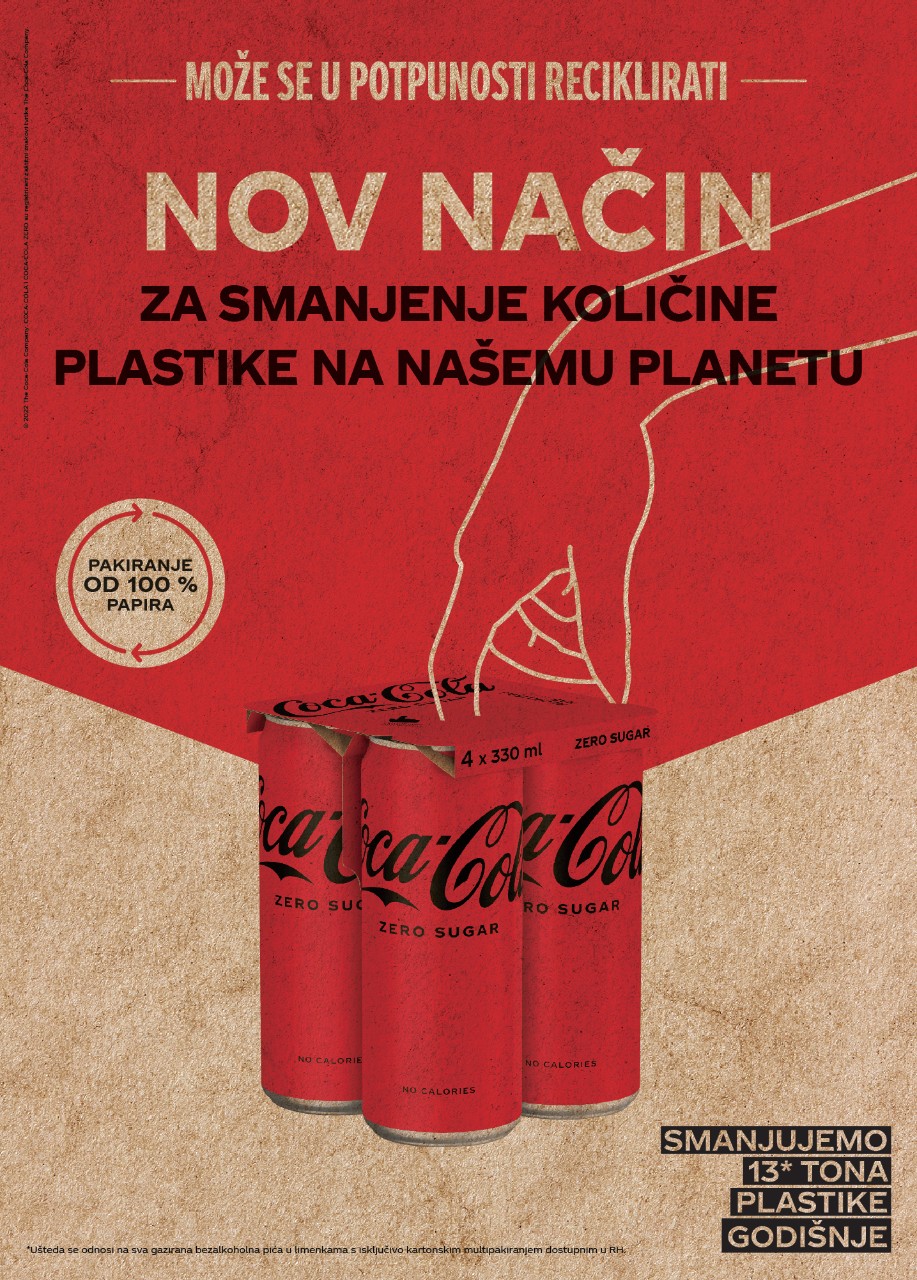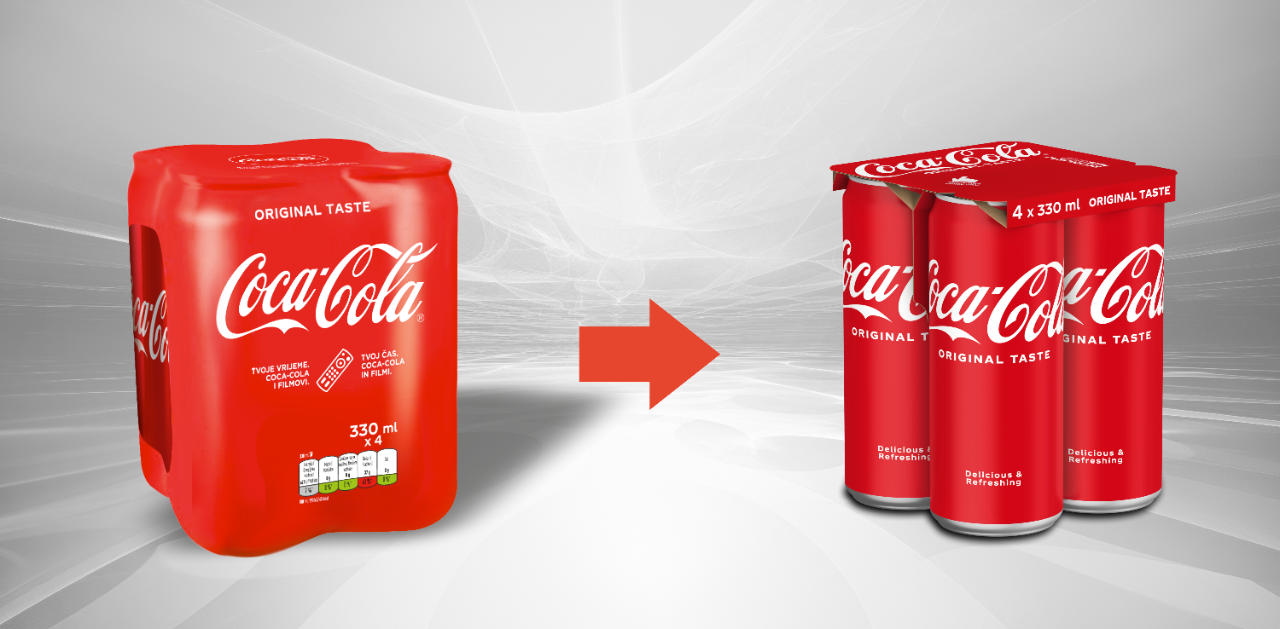With innovative solutions, such as KeelClipTM, Coca-Cola HBC Croatia strives to contribute to creating a World Without Waste. World Without Waste is a comprehensive multi-year program we have launched in cooperation with our strategic partner, The Coca-Cola Company, to address the challenges associated with packaging. One of the goals envisaged under the program is to make the primary packaging used by Coca-Cola HBC 100 % recyclable by 2025. The introduction of KeelClipTM is a step forward to achieving this goal.
However, the introduction of KeelClipTM is just one of the activities carried out by Coca-Cola HBC, as a CSR and sustainability leader, to reduce its environmental impact. Other activities include packaging weight reduction, increase in the use of renewable materials, and collection of packaging placed on the market.
Through the implementation of this program, Coca-Cola HBC Croatia has already reduced the total plastic consumption by ¼ in the past 10 or so years using lighter bottles produced in cooperation with its suppliers and partners. A new type of plastic caps has also been introduced, enabling a reduction in cap weight by almost 30 %.
Coca-Cola in Croatia demonstrates its commitment to sustainability with its Römerquelle products as well. Namely, Römerquelle is the first water brand in Croatia available in 100 % rPET packaging. Furthermore, Coca-Cola in Croatia also reduces its environmental impact by implementing CSR projects. For example, through its From Source to Sea project, the company promotes cleanup campaigns to remove packaging waste from the shores and raises awareness of the importance of proper waste disposal and preservation of Croatian water resources. In 2021, more than 16 tonnes of waste was collected during the events organised under this project.
In addition to this program, in October 2021, Coca-Cola HBC committed itself to achieving net zero emissions across its entire value chain by 2040. The company has prepared a robust action plan and intends to invest € 250 million in emission reduction initiatives by 2025. Finally, in cases where emissions cannot be entirely eliminated, the company will try to reduce them by investing in other climate protection measures.
